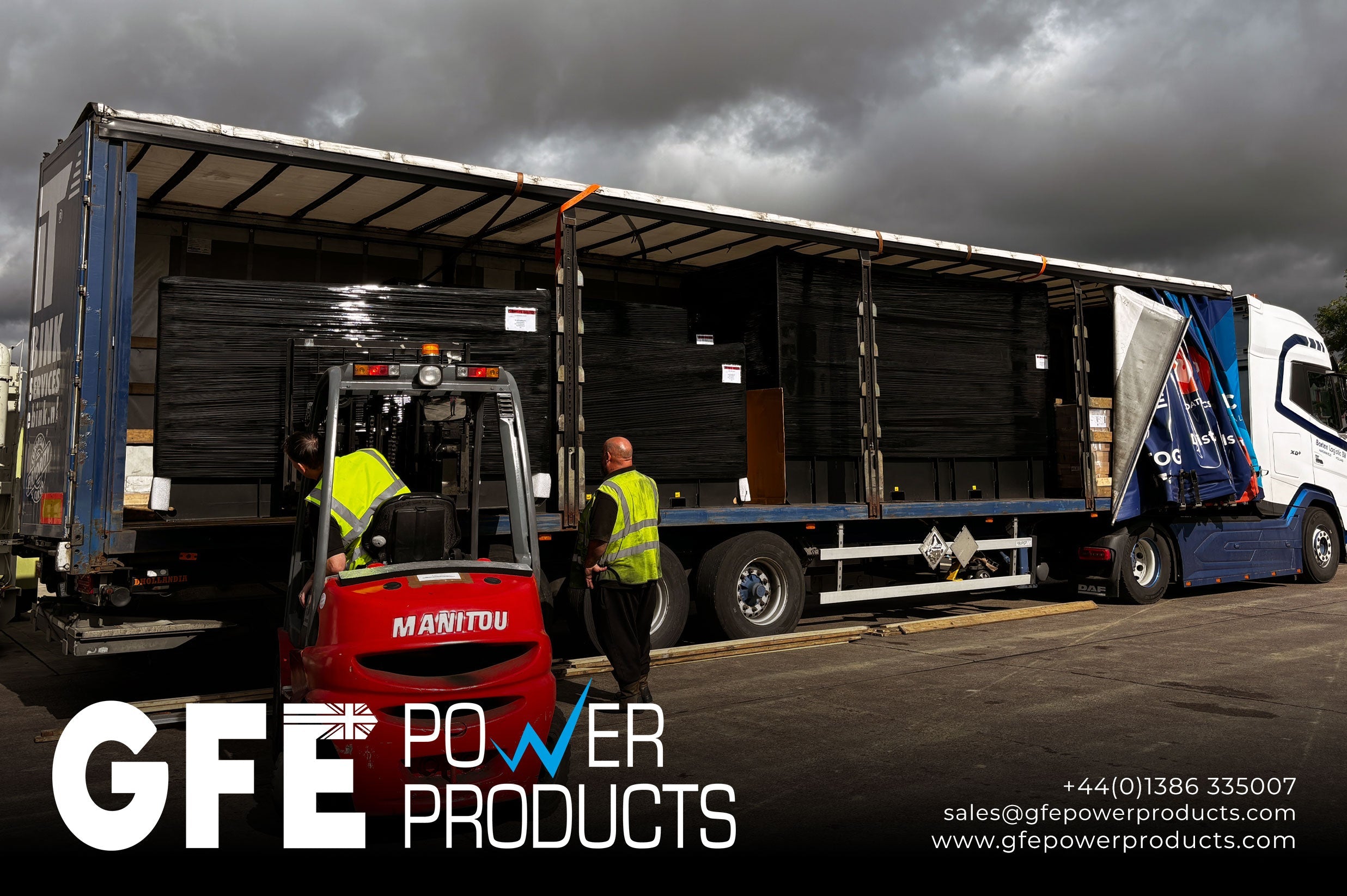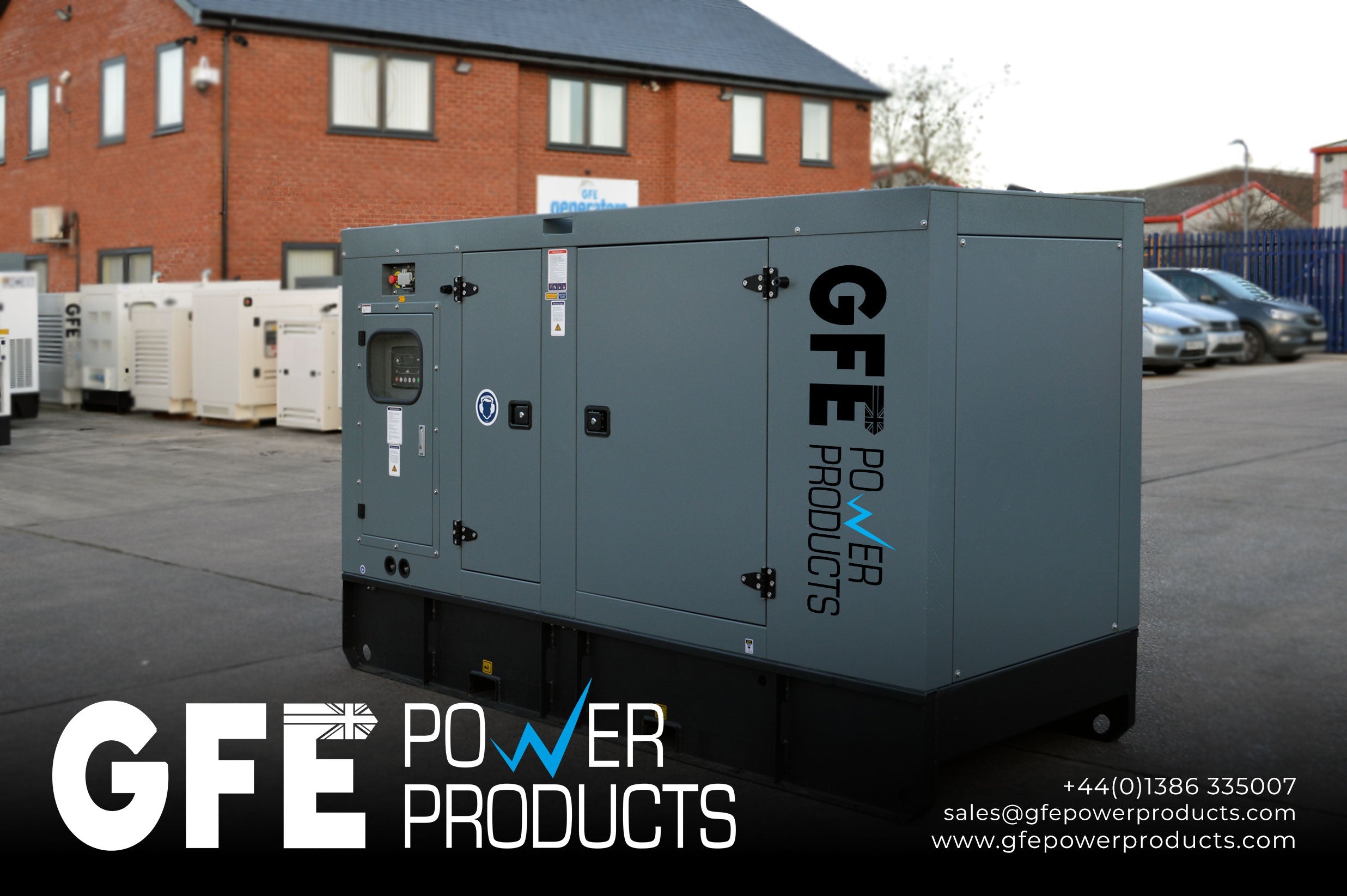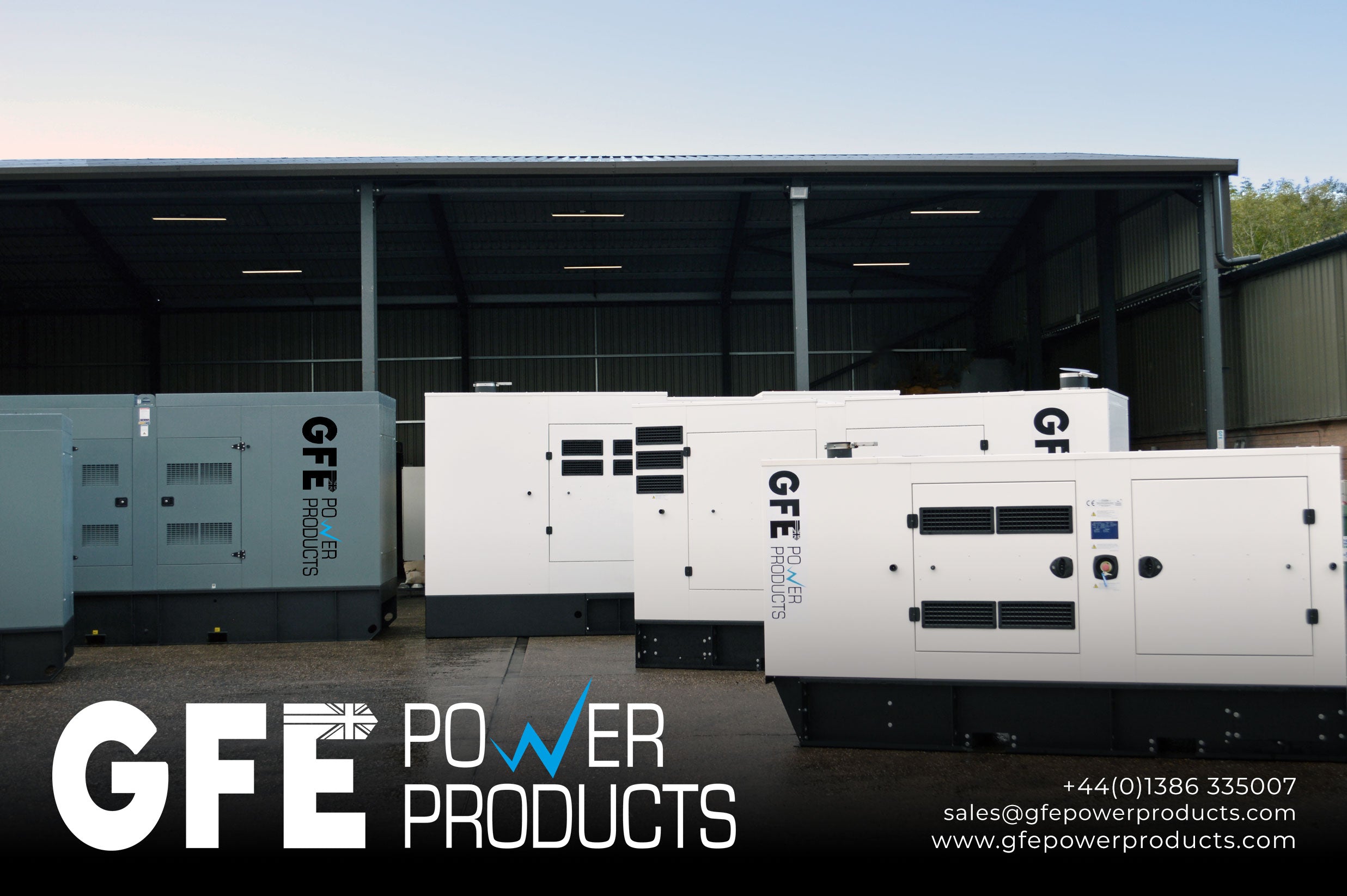
What Size Generator Do You Need? A Guide to Choosing the Right Capacity
Choosing the right generator size is one of the most crucial decisions when investing in a power solution. Whether you’re a business dealer working with GFE Power Products or an end user looking for reliable backup power, understanding generator capacity is key to meeting your energy demands efficiently and cost-effectively. In this guide, we’ll walk you through everything you need to know about selecting the perfect generator size for your needs.
Why Generator Size Matters
The size of a generator isn’t just about physical dimensions; it’s about its capacity to handle the electrical load. Undersized generators can result in power outages and equipment damage, while oversized generators may lead to unnecessary fuel consumption and higher operational costs. By finding the right balance, you can ensure your generator operates efficiently and reliably.
Understanding Generator Capacity
Generator capacity is typically measured in kilovolt-amperes (kVA) or kilowatts (kW). Here’s a quick breakdown:
- kVA (Apparent Power): This represents the total power a generator can supply, including active and reactive power.
- kW (Real Power): This is the actual power used by equipment and devices, calculated as kVA × Power Factor (PF). The power factor is usually around 0.8 for most industrial and commercial setups.
For example, a 100 kVA generator with a power factor of 0.8 provides 80 kW of usable power.
Steps to Determine the Right Generator Size
1. Calculate Your Power Needs
The first step in sizing a generator is to assess your total power requirements. This involves:
- Listing all equipment, appliances, and systems that need power during an outage or in off-grid situations.
- Checking their power ratings (usually found on labels or user manuals).
- Adding up the total wattage requirements.
Remember to consider both starting power (surge requirements) and running power for devices like air conditioners or motors. Starting power can be 2-3 times higher than running power.
2. Factor in Load Types
Generators handle different types of loads:
- Resistive Loads: Devices like lights, heaters, and ovens that require consistent power.
- Reactive Loads: Equipment like refrigerators, pumps, and compressors that have fluctuating power demands.
Understanding your load types helps you choose a generator that can manage varying power needs without issues.
3. Account for Future Expansion
When investing in a generator, it’s wise to plan for future growth. Consider additional power needs you might have as your business or household expands.
4. Consult a Professional
At GFE Power Products, we offer expert consultations to help you determine the right generator size for your specific requirements. Our team can provide tailored recommendations based on your unique needs.
Generator Size Recommendations for Different Applications
Home Backup Generators
For home use, the generator size depends on whether you’re looking for a whole-house solution or partial backup:
- Essential Circuits Only: A 5-10 kVA generator can typically handle lighting, refrigeration, and small appliances.
- Whole-House Backup: A 15-25 kVA generator is ideal for powering HVAC systems, water heaters, and all household appliances.
Commercial Generators
Businesses have higher and more complex power needs:
- Small Offices and Retail Stores: A 20-50 kVA generator can support lighting, computers, and essential equipment.
- Larger Businesses: A 100-250 kVA generator is suitable for powering larger offices, warehouses, or retail spaces with heavy machinery.
Industrial Generators
Industrial setups often require customized solutions:
- Construction Sites: Portable generators in the 30-150 kVA range are common for tools, lighting, and temporary office spaces.
- Factories and Plants: Industrial generators exceeding 250 kVA are typically needed for heavy machinery and production lines.
Standby vs. Prime Power
The intended use also impacts generator sizing:
- Standby Power: For backup during outages, you need a generator sized for peak demand.
- Prime Power: For continuous operation, choose a generator rated slightly higher than your average power needs.
Common Mistakes to Avoid When Choosing a Generator
- Ignoring Start-up Power Requirements: Underestimating surge power can lead to generator failure.
- Overlooking Load Diversity: Not all equipment runs simultaneously, so you may not need a generator for 100% of your load.
- Skipping Professional Advice: DIY calculations can be inaccurate. Always consult experts like the team at GFE Power Products.
Why Choose GFE Power Products?
At GFE Power Products, we specialise in providing high-quality generators for a wide range of applications. Our extensive inventory includes:
- Residential backup generators
- Commercial-grade generators
- Industrial power solutions
We also partner with dealers to supply new generators tailored to their customer’s needs. Become a dealer today!
How to Get Started
Ready to choose the right generator? Contact us today for a personalised consultation. Our experts will:
- Analyse your power needs
- Recommend the best generator size
- Provide competitive pricing
Choosing the right generator size is vital for reliable and efficient power. By understanding your power needs and consulting experts, you can make a confident investment that meets your current and future demands. At GFE Power Products, we’re committed to helping you find the perfect generator solution. Get in touch today to learn more!
Phone: +44 (0)1386 335007
Email: sales@gfepowerproducts.com



